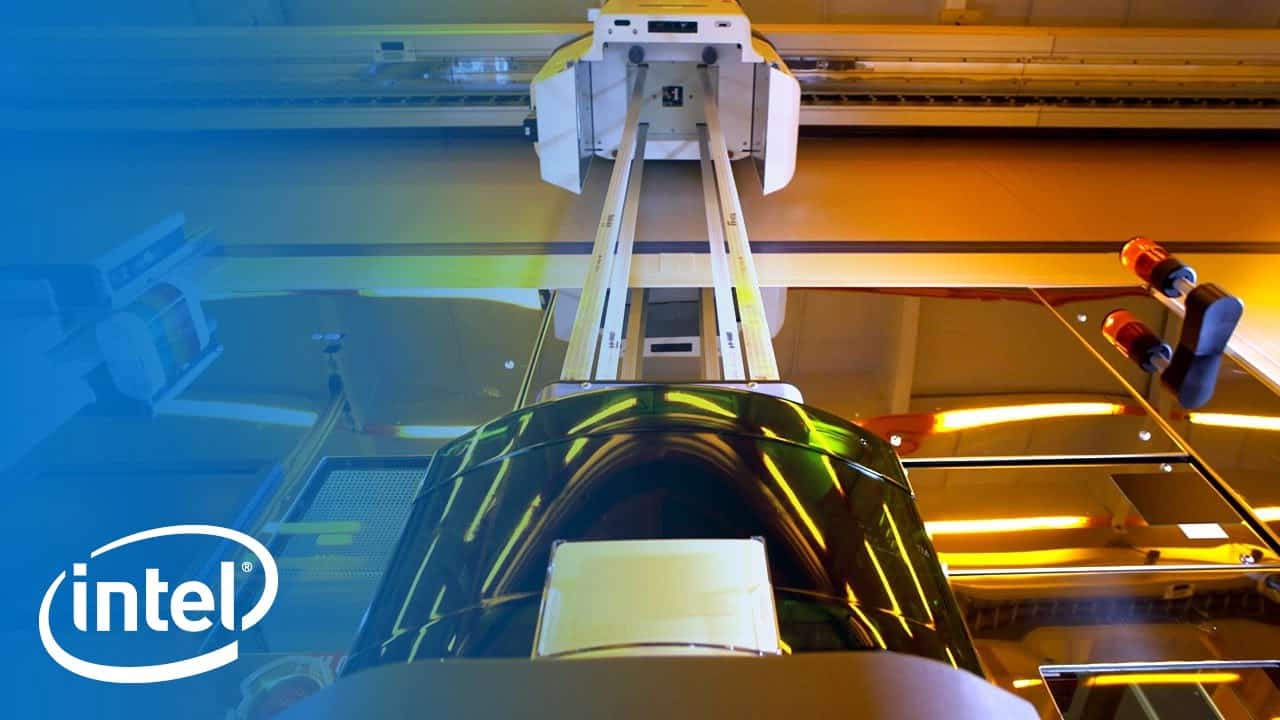According to the latest reports released by the silicon giant intel, it announced that it is increasing its production capacity and implementing wide-ranging reforms to regain industry leadership under its new CEO, Pat Gelsinger.
In its latest Q1 2021 earnings for the first three months of the year, Intel reported $19.67 billion in GAAP revenue, registering a decrease of 1 percent relative to the comparable quarter last year. However, the number marks an increase of 9.75 percent relative to consensus expectations.
The biggest disappointment for intel came in the Data Center Group (DCG), as it recorded an annual decline of 20 percent even though Intel’s cloud-based applications were expected to do well in an era characterized by the pandemic.
However, the company believes that it can turn losses into profits and has stated that its gross margin will compute at 55 percent (on a GAAP basis) during the second quarter of 2021.
Intel stated in a press conference that:
- Introduced new client processor families including 11th Gen Intel® Core™ vPro® platform, N-series 10-nanometer Pentium® Silver and Celeron® processors, 11th Gen Intel® Core™ H-series mobile processors, and 11th Gen Intel® Core™ S-series desktop processors (code-named “Rocket Lake-S”).
- Launched new 3rd Gen Intel® Xeon® Scalable processors (code-named “Ice Lake”), including new network-optimized “N-SKUs”.
- Mobileye’s self-driving system, Mobileye Drive™, will be the autonomous “driver” for Udelv’s next-generation electric self-driving delivery vehicle.
To boost its production and meet the growing demand for semiconductors, Intel is investing $20 billion to build two new fabs at its Ocotillo facility in Arizona. This facility already houses Intel’s Fab 42, which produces microprocessors on the company’s 10nm process node.
Intel is also working with extreme ultraviolet lithography (EUV) in a rearchitected, simplified process flow, to compute its first 7nm client CPU (code-named Meteor Lake) in Q2 2021.







